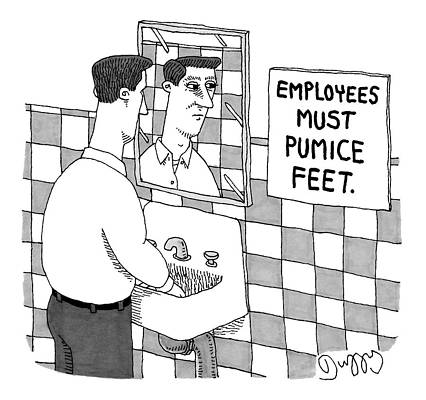Introduction: The ongoing pandemic has forced organizations to document employee’s daily body temperatures for safety and security reasons with the help of RPA software. Temperature updates about each day of employees coming to the office and working from home are now mandatory. Every minute detail of travel plans and any health symptoms to their employers is crucial. In addition, some organizations have prompted employees to fill out the health form as soon as possible. The current coronavirus outbreak reaching a fever pitch, and there is a pressing need for everyone to update their health status on a day to day basis. The larger picture is quite different from behind the scenes; the vast volume of health data via surveys is collected, organized into reports, and analyzed by various software in the forms of robots. This robot in today’s time has proved to be a critical timesaver, improving the overall health screening procedures for companies worldwide.
Robotic Process Automation Health Care:
Is it even possible for RPA services to contribute cost optimization in health care? Interestingly a software robot’s cost is a fraction of that of a human employee. The best part is it creates more time for humans to spend on higher-value tasks. Additionally, robots can efficiently respond to patient requests much quicker, allowing the patient flow to work in favor of both the medical representative and the patient. All RPA increases data confidentiality as data transmission via automated processes is confidential by default process. The practice-oriented approach to technologically supported business forced all to believe in the role of RPA in health care during the coronavirus pandemic. The system should be to look at some instances of leveraging software robots after the outbreak.
Some instances where RPA solutions were adopted in health care in mid of the pandemic:
- The Mater Hospital in Dublin used robots to deal more easily with the heavy burden posed by the massive amount of COVID-19 test requests. The software robots managed to process testing kits even faster than their human counterparts. Each attendant had their bot do the paperwork, which eventually saved as much as three hours per day. By doing so, the medical staffs could dedicate more time caring for patients.
- The Cleveland Clinic in the United States used attendant bots to help with administrative tasks. Jos, like adding new patients, accurately recording their data and reporting it to were taken care of by robots. This reduced workload to a considerable extent and saved an average of 9 minutes per sick patient. The additional source of hassle popularly identified as errors in data transcription and processing does no longer exist in any form.
- Essentially hand sanitizer still now continues to be an in-demand product during the pandemic. With the anticipated influx of orders, a Chinese hygienic company rose tenfold introduced robots. To cope up with the spike in demand, unattended software robots became team members to deliver the products
- The Mater Misericordiae University Hospital in Dublin used software bots to automate reporting of COVID-19 test results. The robots were made to log in to the hospital’s laboratory system, followed by writing down the correct disease code and then eventually input the test result, all taken care of by bots. This process helped the hospital save three hours per day, resulting in more time for human interaction with patients.
- RPA business emerged as a promising player during the pandemic as its role appreciated and very much visible in most healthcare companies’ HR departments. The lack of resources made the healthcare workers make numerous hirings as volunteers in a limited amount of time. Software bots took a task like background checks, credential verification and onboarding care. Starting from running the checks, entering the data into HR systems, notifying the relevant departments about candidates awaiting onboarding and even assigning volunteers to job areas were sorted by these software-operated robots.
Conclusion:
It is said that paradoxically, the use of robots makes healthcare services more human. As per reports by McKinsey automation potential of health care is 36%, as it is estimated that more than one out of three daily healthcare tasks are automatable. This undoubtedly allows enterprises to focus on resources of frontline healthcare delivery. In this situation, automation appears to be a win-win situation for both patients and healthcare providers. They are known for enhancing efficiency by lowering costs for much better results and more direct human care. During this pandemic, RPA platforms and RPA solutions should be fully exploited. Experts say by implementing this robot. The health care industry can aim to simplify proactive measures for companies by allowing them to focus on the more crucial battles like keeping operations going and ensuring the welfare of employees. The time saved from tedious tasks can be further utilized to help navigate the company through all sorts of turbulent times.





